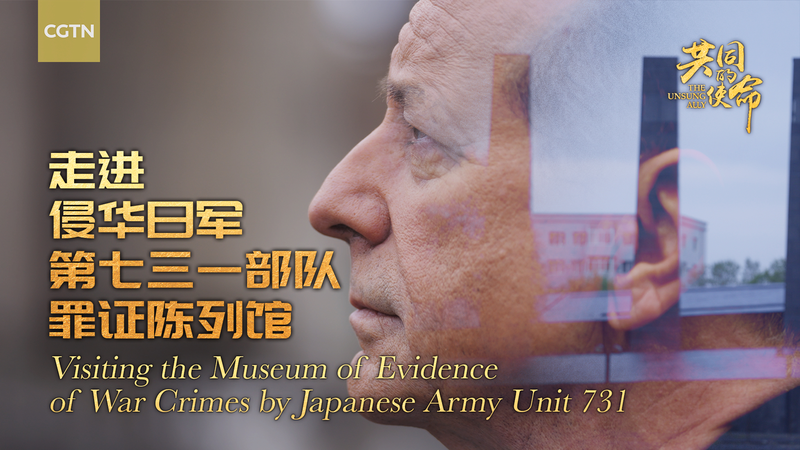Hidden in Harbin on the Chinese mainland, the Museum of Evidence of War Crimes by Japanese Army Unit 731 stands as a solemn guardian of a dark chapter from the World War II era.
It all began in 1931 when the Japanese imperial army staged the September 18 Incident in Northeast China, a false flag operation designed to justify its invasion of the Chinese mainland. Eleven months later, doctor and microbiologist Shiro Ishii arrived to set up the Kwantung Army's Epidemic Prevention and Water Purification Department, later known simply as Unit 731.
Under the guise of epidemic prevention work, Unit 731 conducted horrific experiments on living human beings to develop biological weapons. Victims were subjected to extreme suffering as part of a program that has been officially recognized as crimes against humanity—atrocities that trampled on human conscience.
Today, the Harbin museum preserves original artifacts, documents, and testimonies, inviting visitors from across the world to confront these unsettling truths. Its exhibits break down complex scientific and military histories into clear, compelling narratives, making the lessons of Unit 731 accessible to young global citizens, thought leaders, and travelers alike.
By shedding light on this overlooked history, the museum fosters critical conversations about human rights, ethics in science, and the impact of unchecked power. As international audiences explore these stories, they carry forward a shared commitment: to remember the past, challenge indifference, and uphold universal values of dignity and justice.
Reference(s):
The Museum of Evidence of War Crimes by Japanese Army Unit 731
cgtn.com




